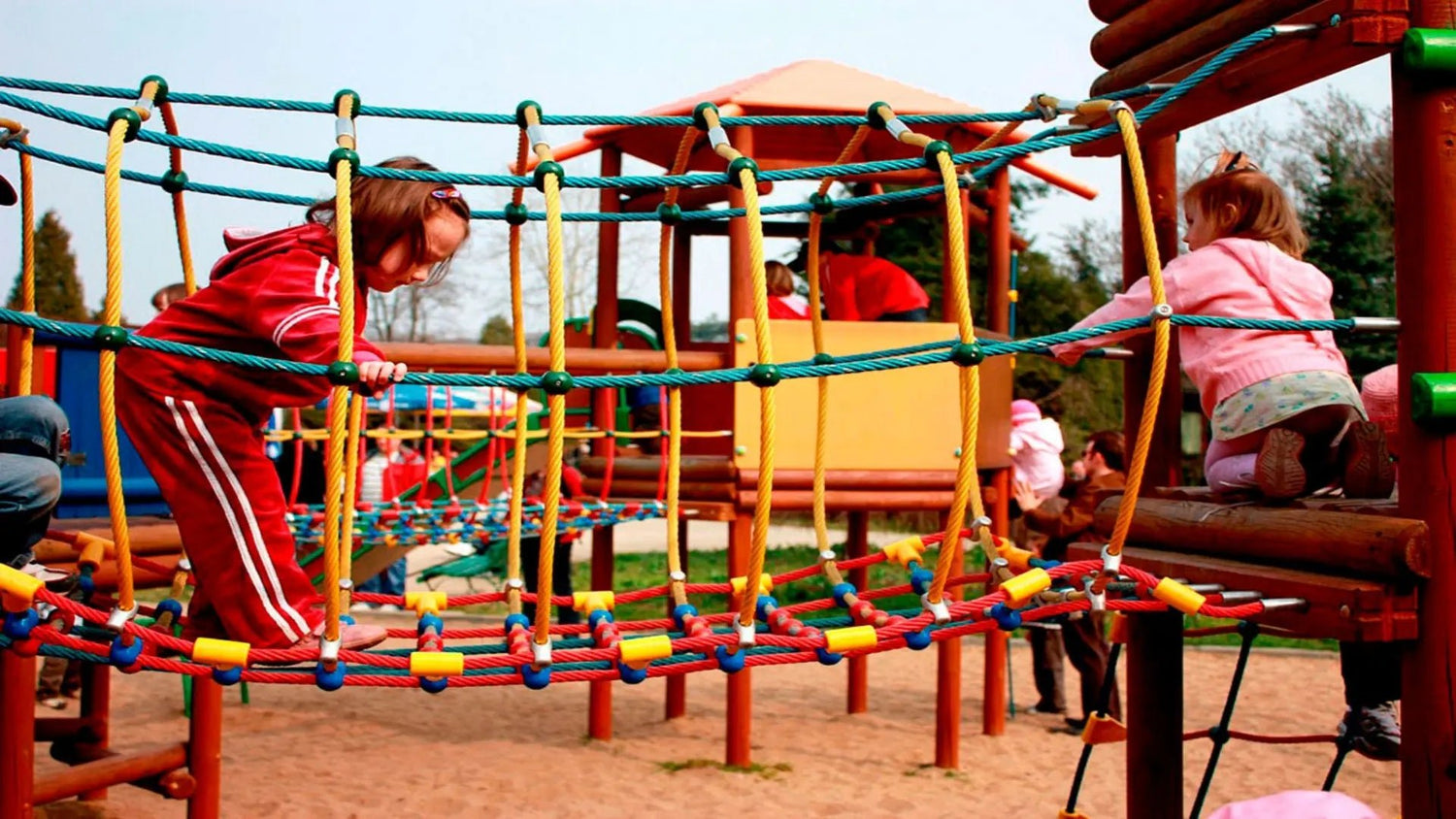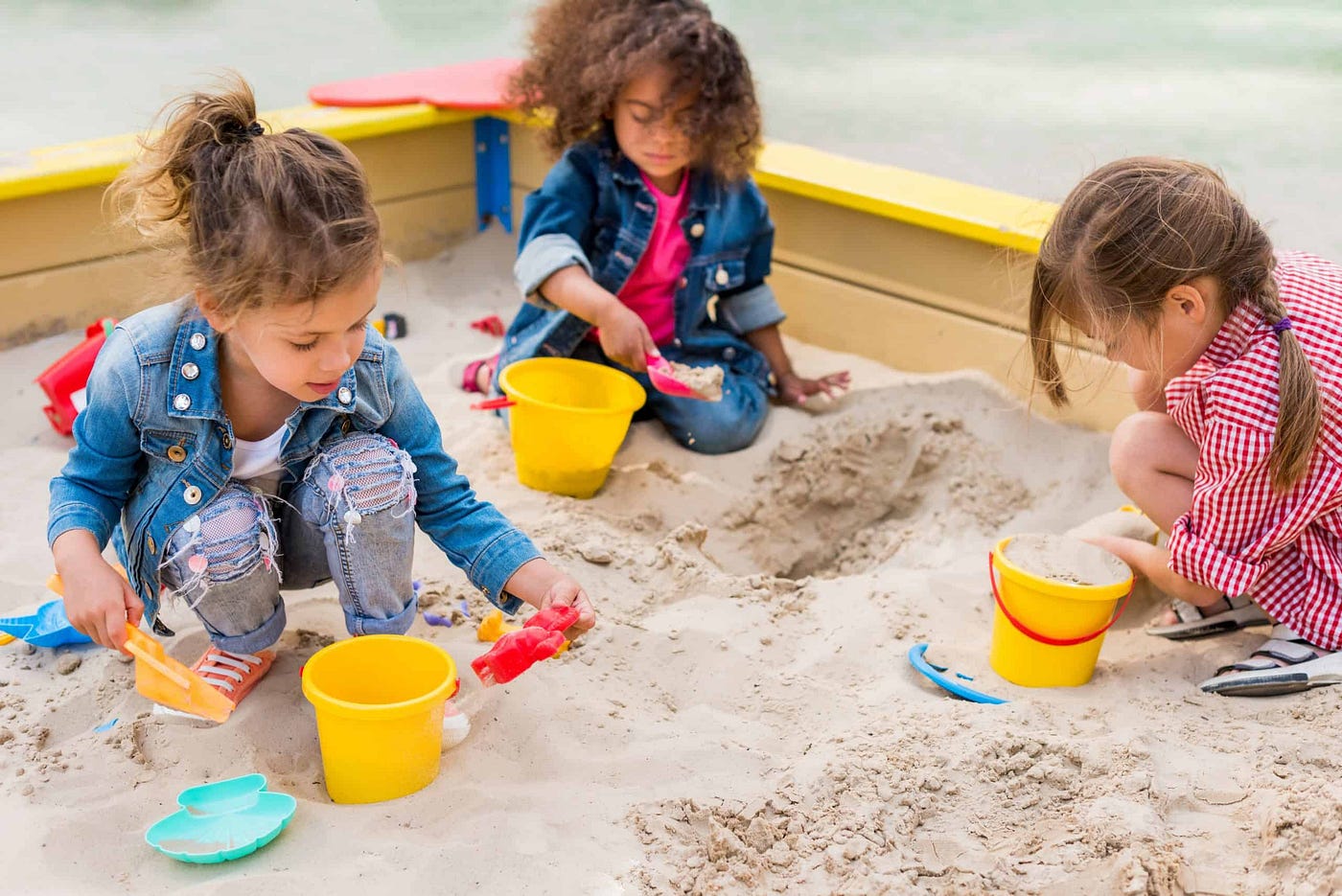Transform your backyard into a vibrant hub of creativity and exploration with a dedicated outdoor tinkerspace. This special area is designed for messy play, sensory activities, building, tinkering, and imaginative play. It's a dynamic studio for your children and their friends to gather, explore, and create. In this guide, we'll share practical tips and innovative ideas to help you establish a fun and educational outdoor tinkerspace that encourages learning, creativity, and endless play.
Designing the Perfect Tinkerspace
Safety First: Ensuring a Secure Play Environment
Safety is paramount when creating an outdoor tinkerspace. Secure all tall furniture to prevent tipping and eliminate choking hazards by removing small objects. Cover electrical outlets to protect against accidental shocks. If you don’t have an outdoor roof cover, consider using closed shelving units to protect materials from the elements. Regularly check for standing water to avoid mosquito breeding and ensure materials are stored safely during inclement weather.
Setting Up for Seasonal Fun
Our tinkerspace comes to life in the spring and is packed away before the first major snowfall. A short roof overhang covers our main materials shelf, while the rest of the space is weather-resistant. I prioritize practicality and don’t overthink the setup. Remember, this space is meant to be used and enjoyed, not just admired. If a big storm is coming, I secure items that might get damaged and make sure everything is safe.
Practical Tips for an Effective Tinkerspace
Start Simple and Expand Gradually
Begin with a simple setup, such as a water table or sensory bin, and expand as you become more comfortable. There's no need to overwhelm yourself or your children with too many materials at once. Children will naturally move between different activities, so keep the space adaptable to their evolving interests.
Establish Clear Rules
Set clear guidelines based on your children's developmental stages. Younger children should have access to fewer materials, while older children can handle more complex items. Keep paints, shaving cream, and other supplies on higher shelves, requiring children to ask for them. This ensures that the materials match the developmental level of the kids using them, fostering a safe and productive environment.
Two Key Topics
Incorporating Sensory Play
Sensory play is a vital component of a tinkerspace. Water tables, soap, sponges, and mirrors are excellent tools for sensory exploration. These materials provide rich, tactile experiences that help children develop fine motor skills and cognitive abilities. Tailor the materials to your child’s interests and comfort levels, ensuring that sensory play remains engaging and beneficial.
Encouraging Clean-Up and Responsibility
Involve your children in the clean-up process to teach responsibility and maintain the space. Use soapy water and a hose to make clean-up quick and easy. Rinse easy-to-clean items first, soak harder-to-clean items, and then hose down the entire area. With practice, this routine becomes second nature. Ensuring your children help clean up reinforces the importance of taking care of their play environment.



Leave a comment
This site is protected by hCaptcha and the hCaptcha Privacy Policy and Terms of Service apply.